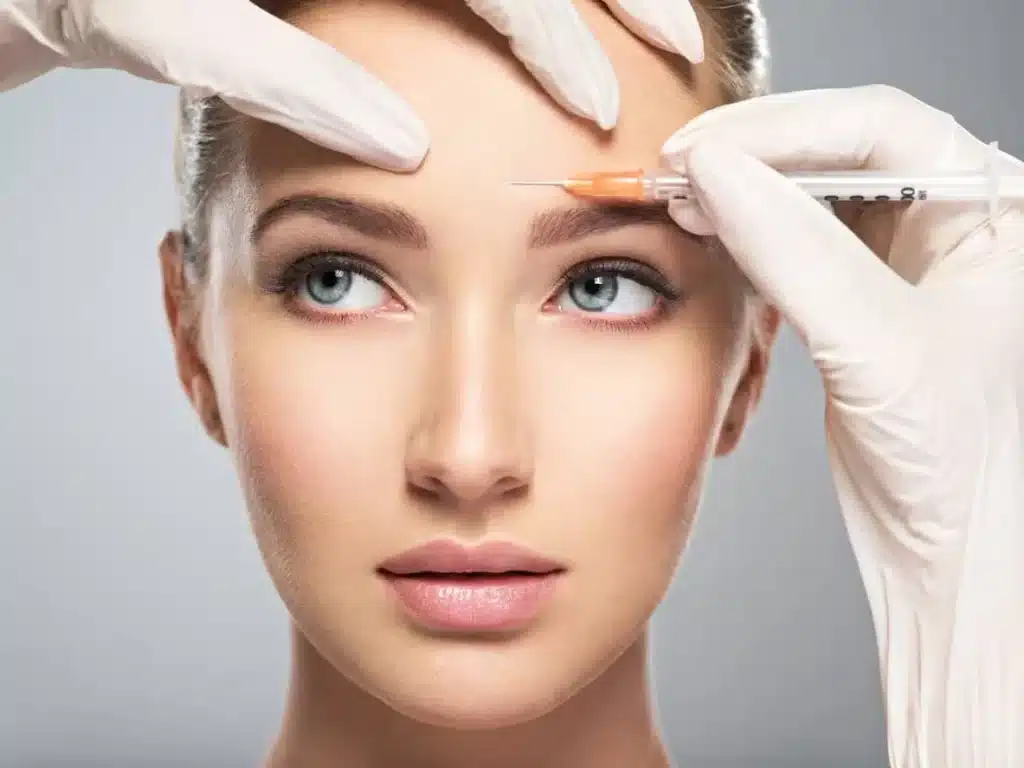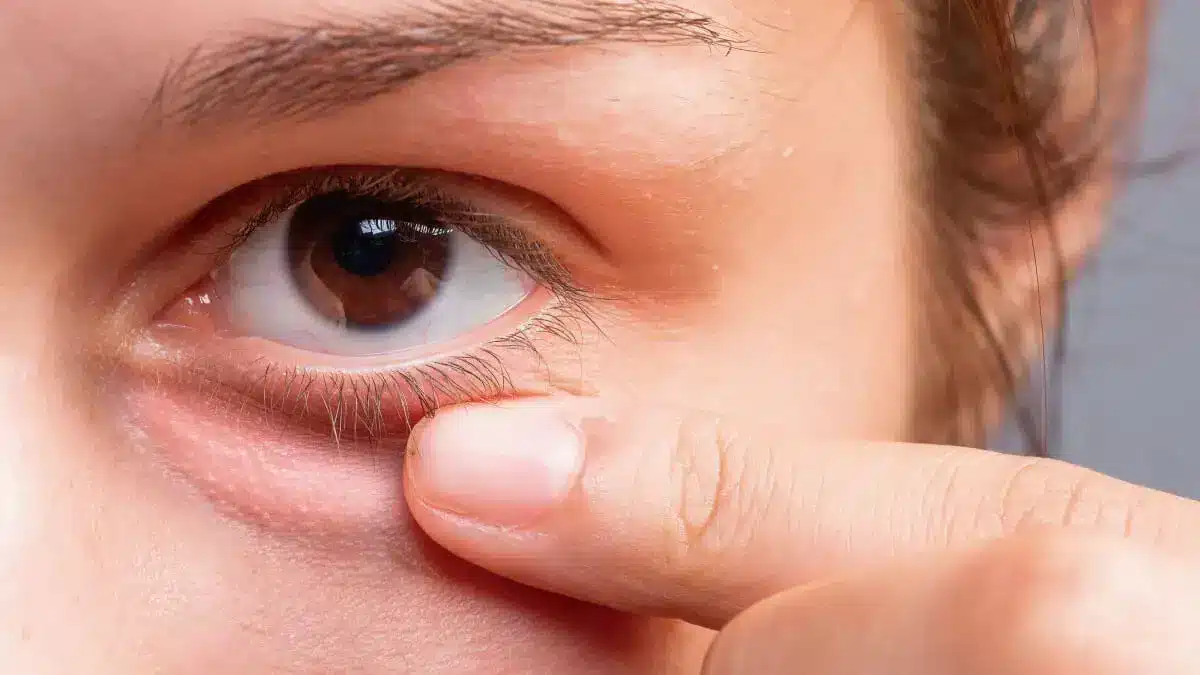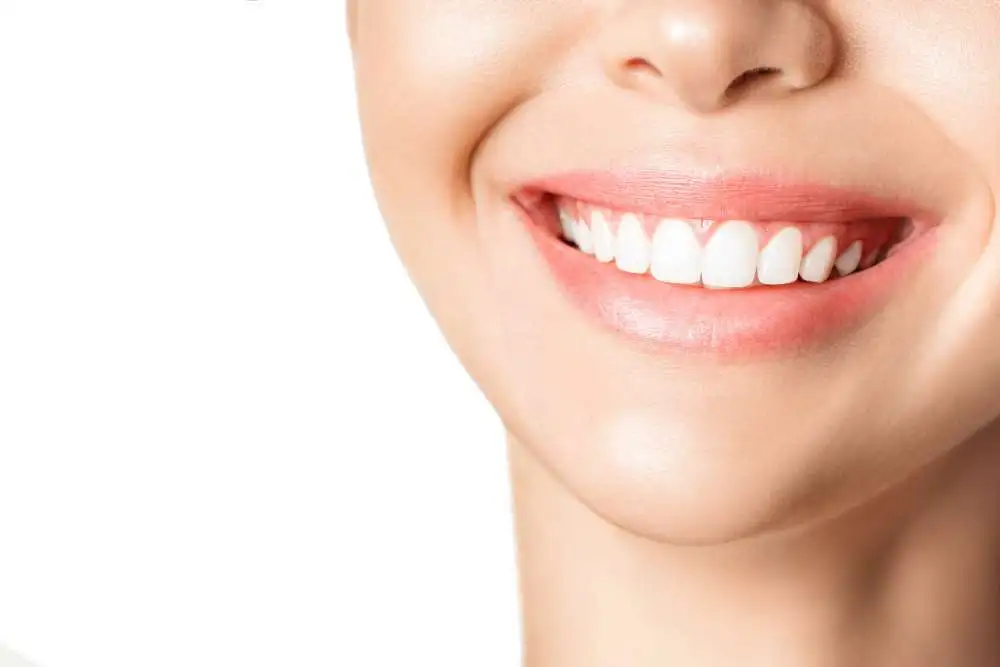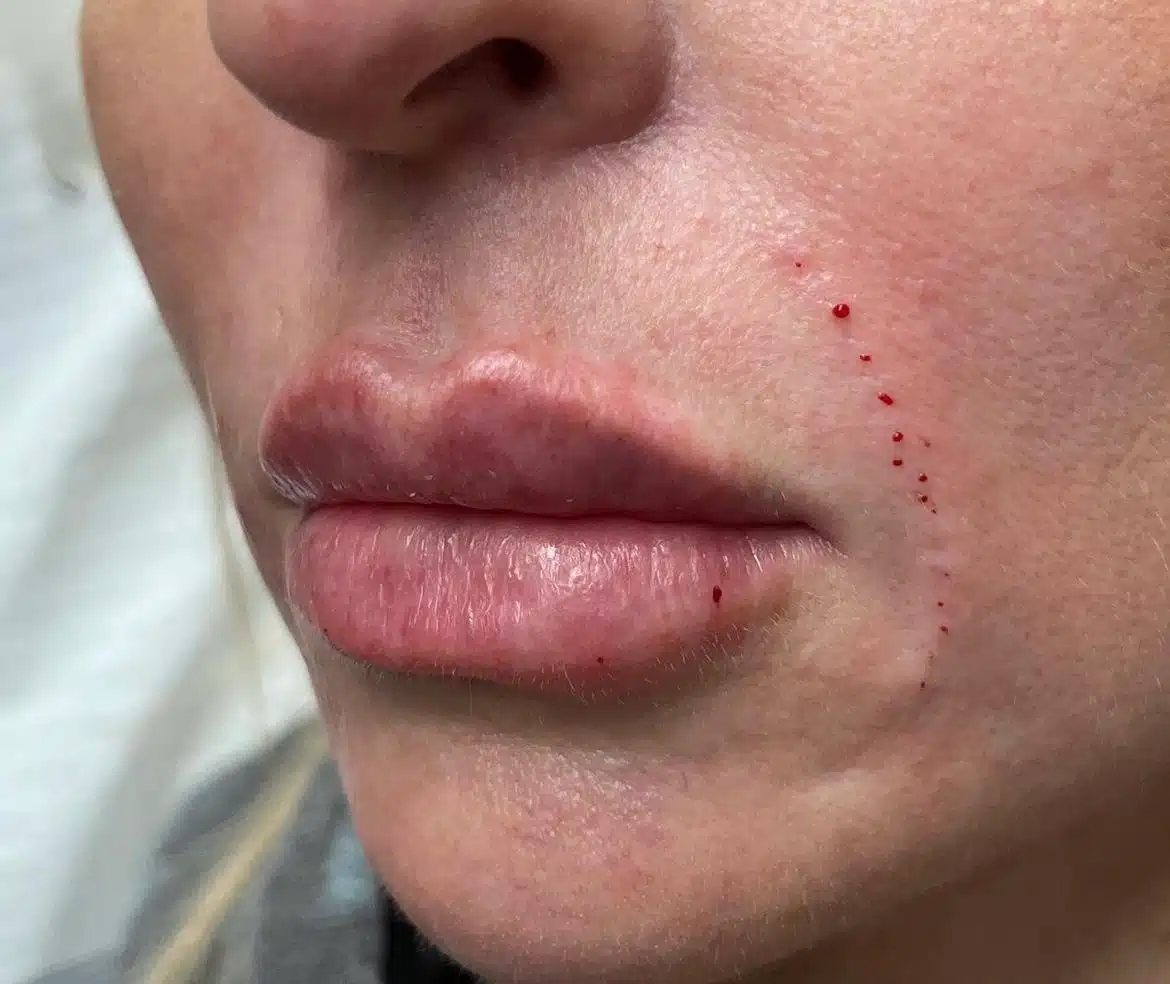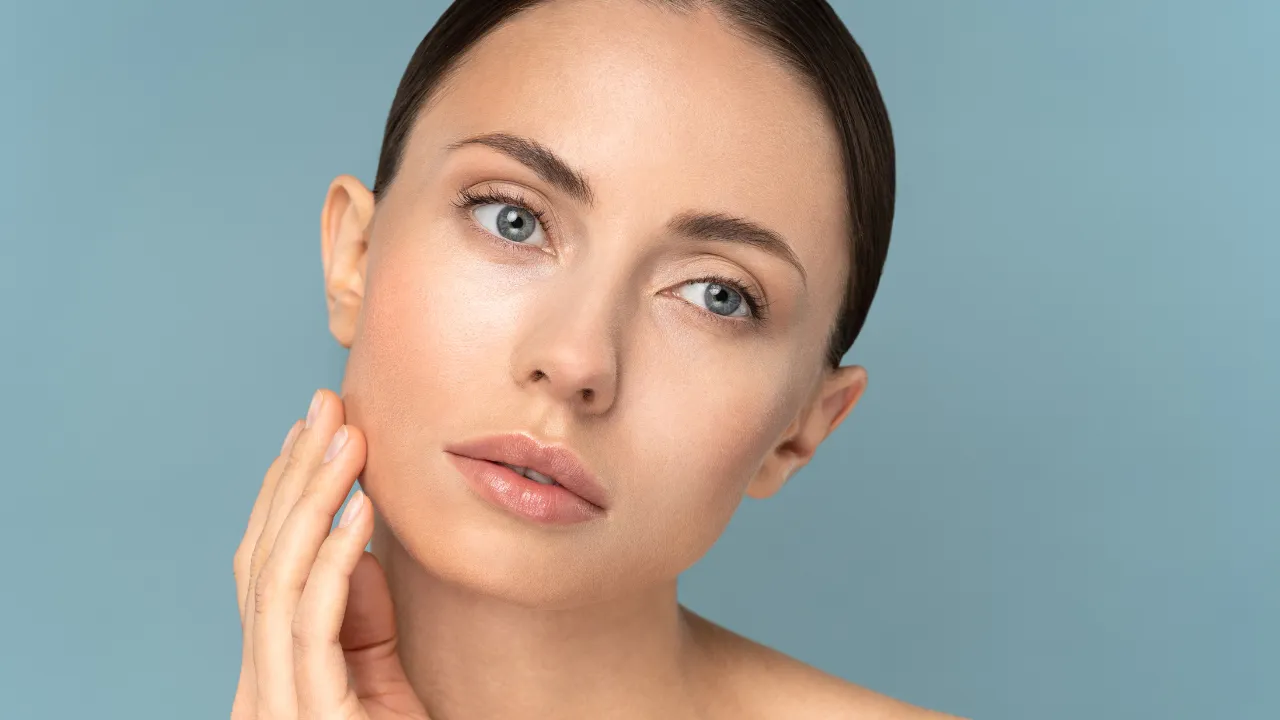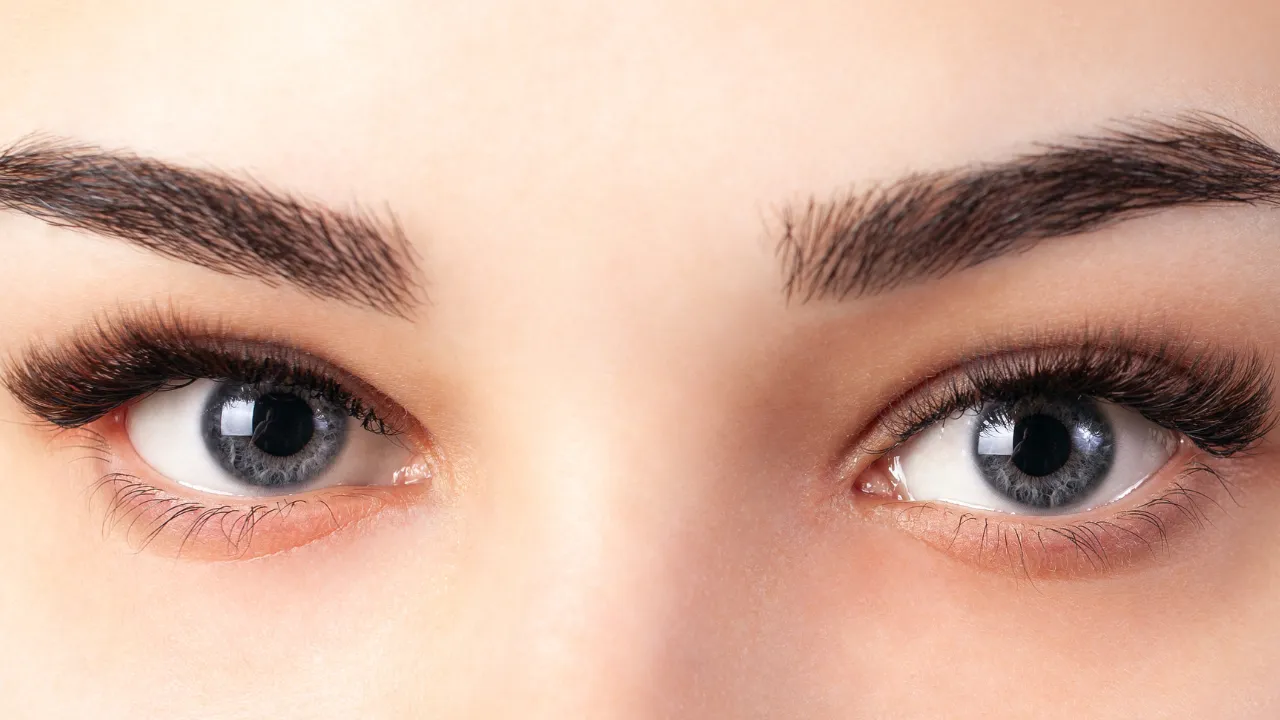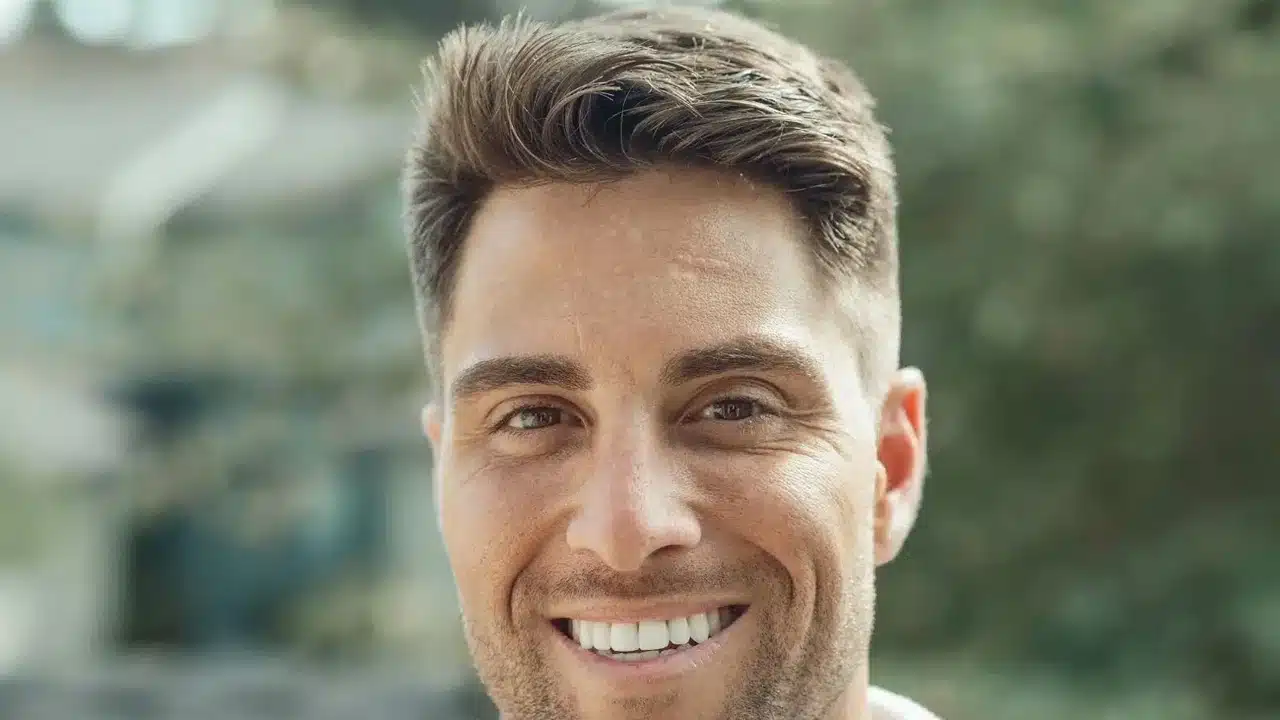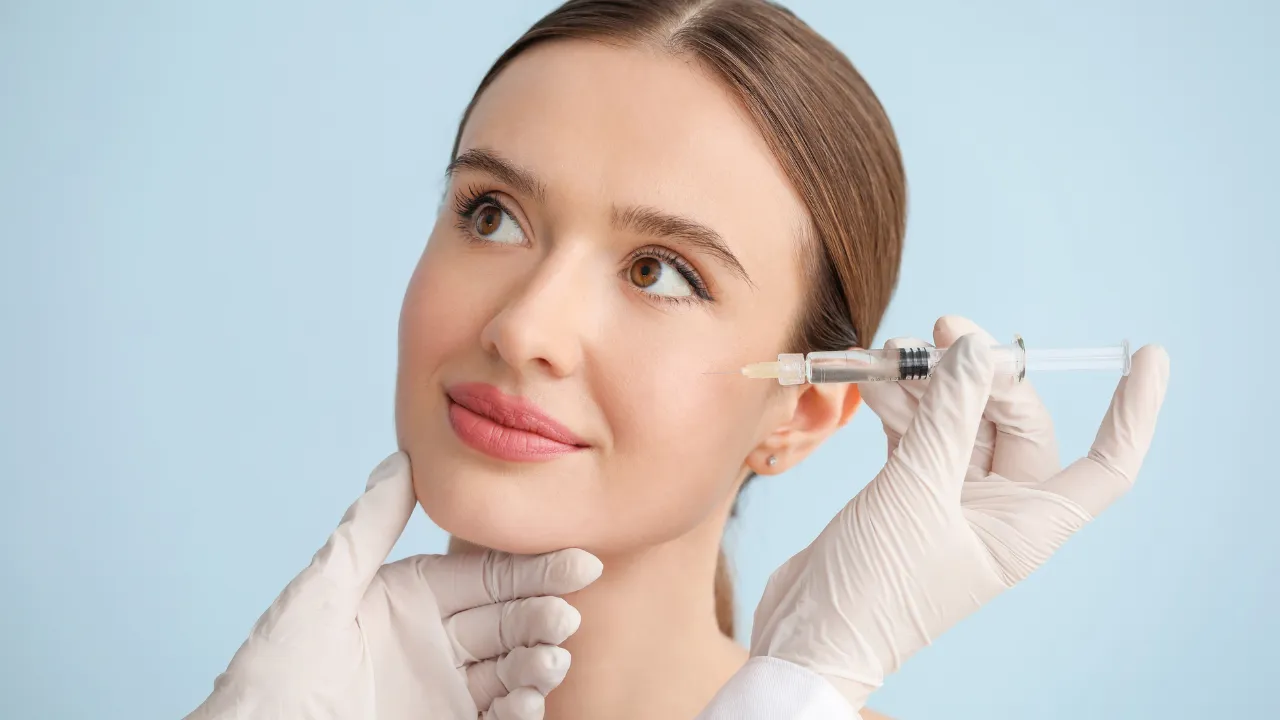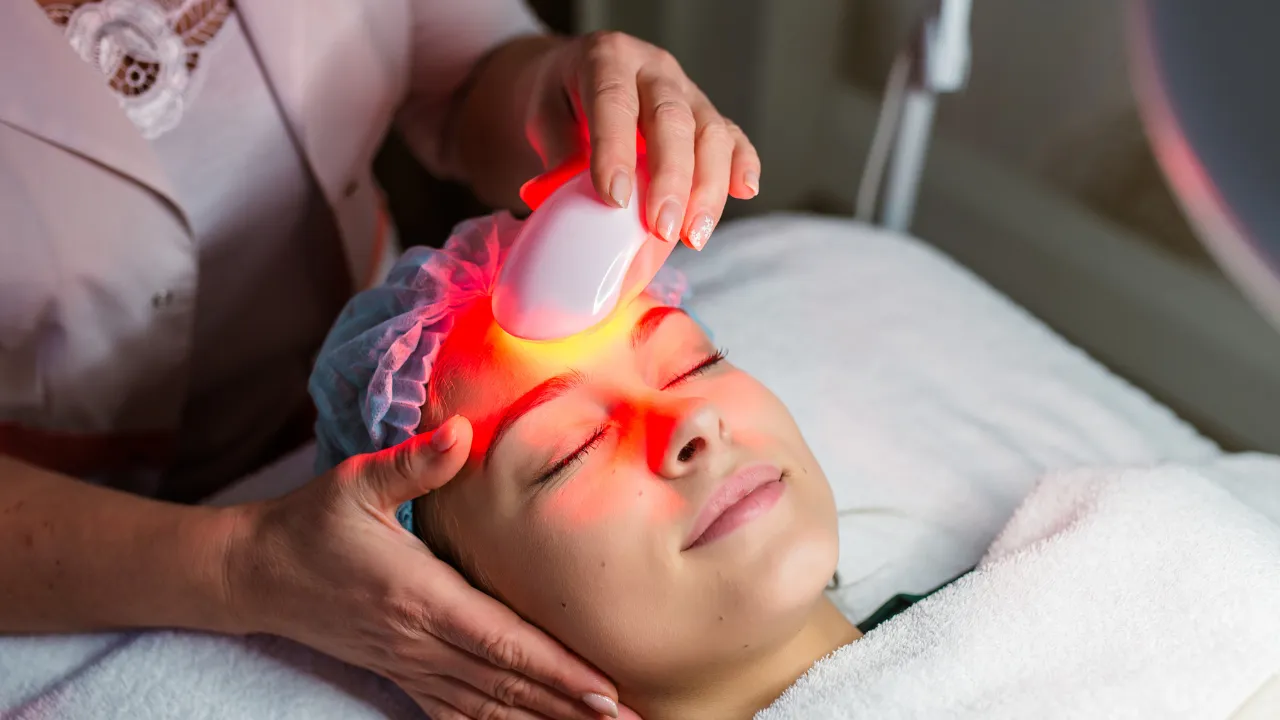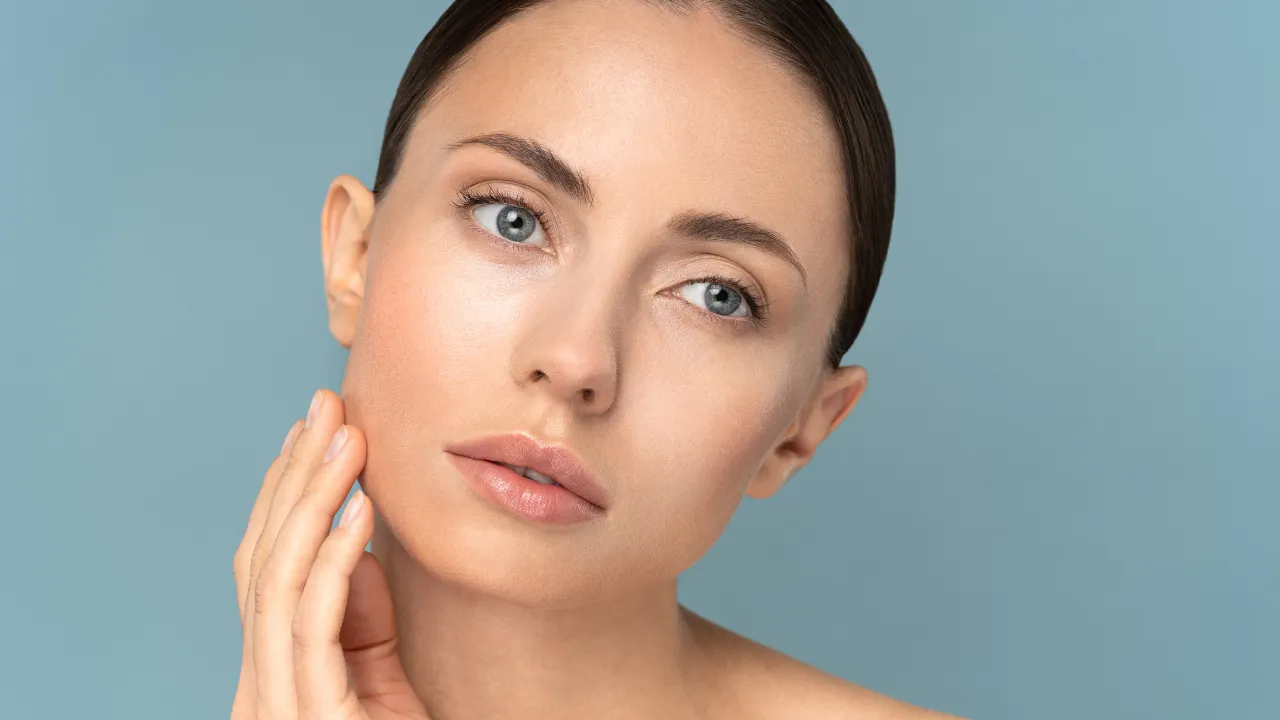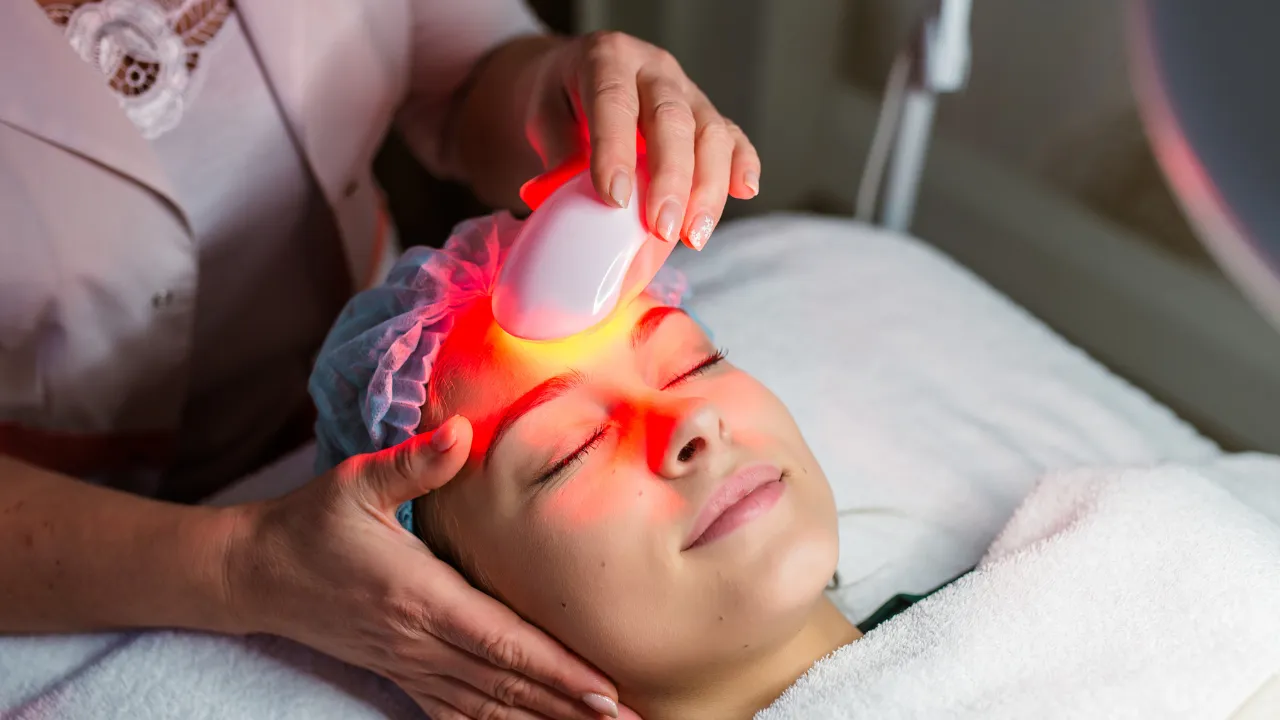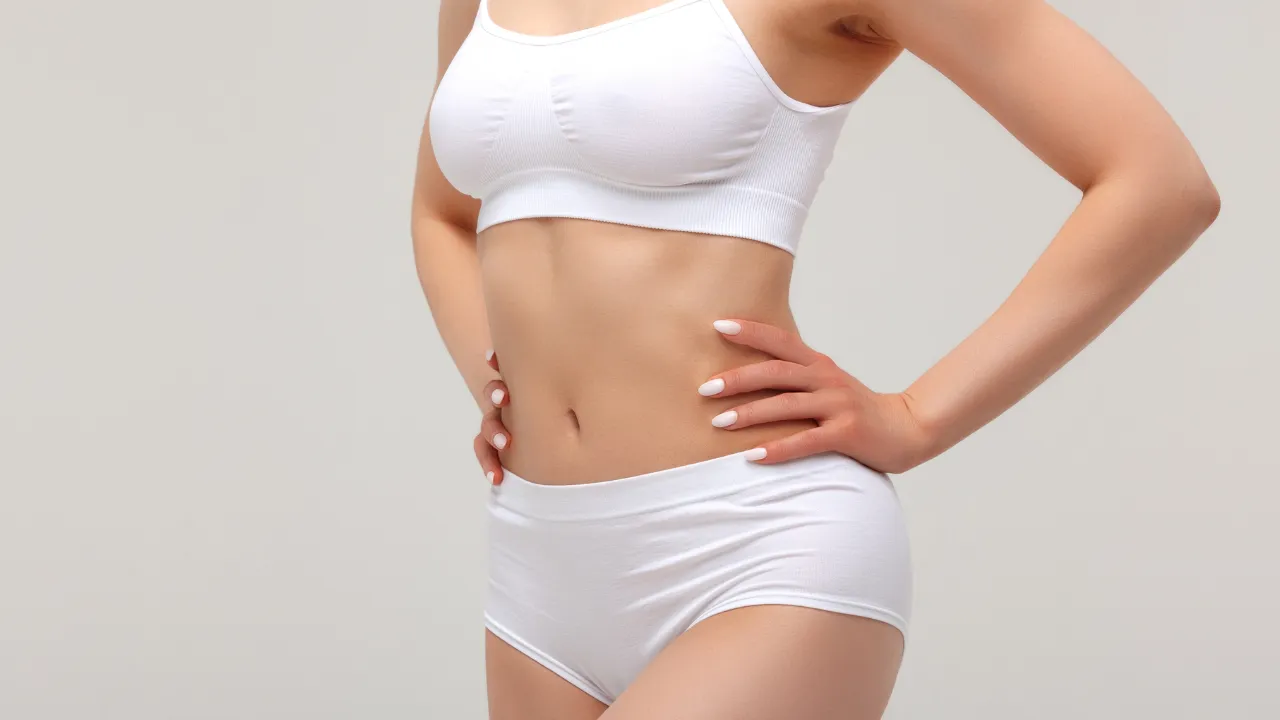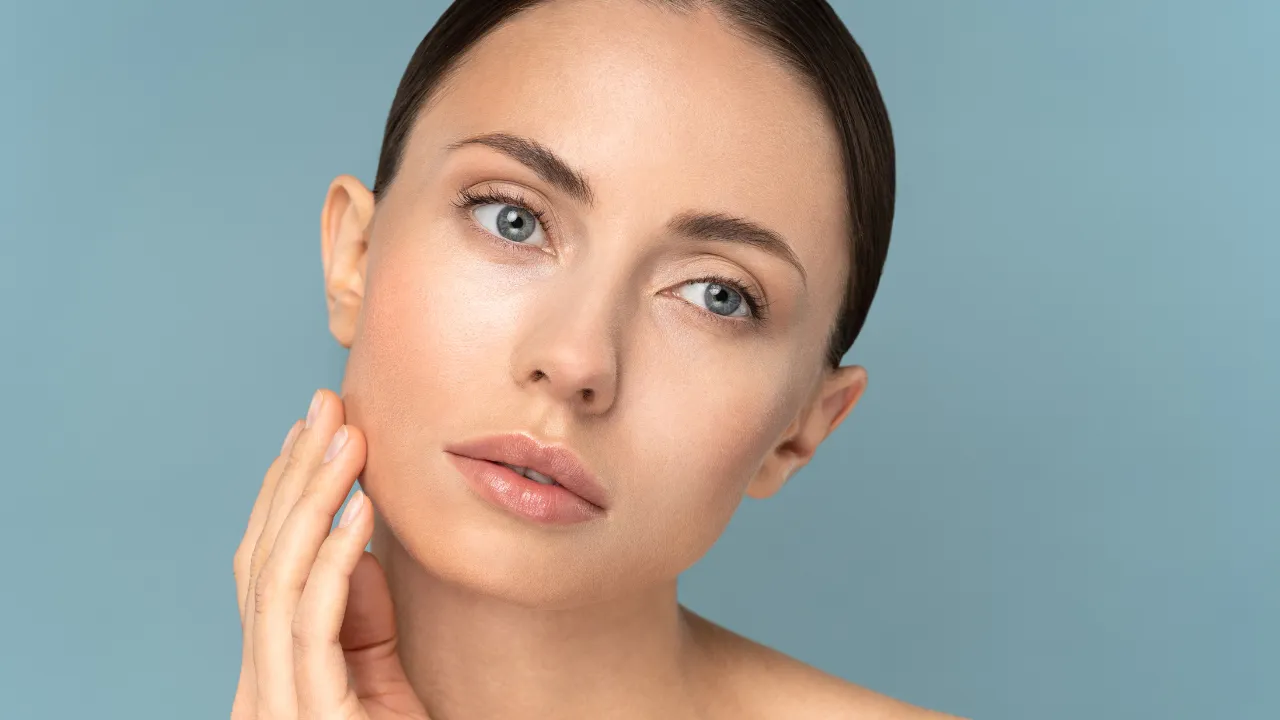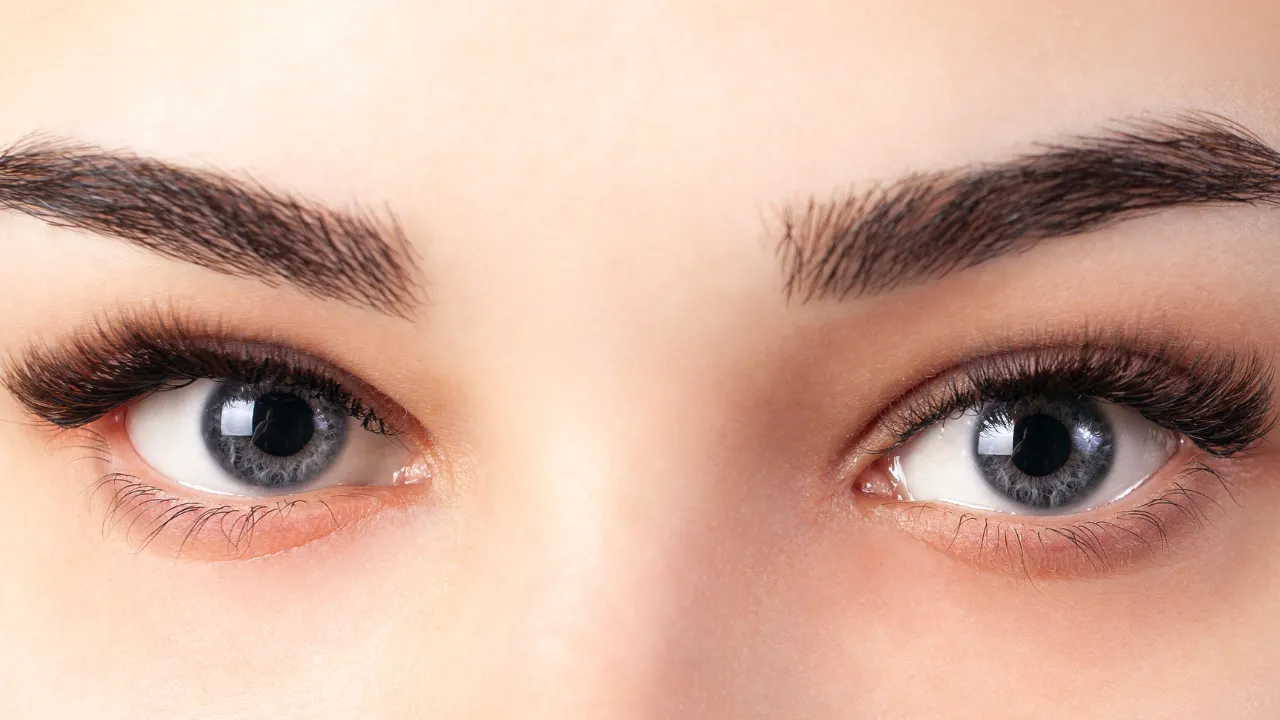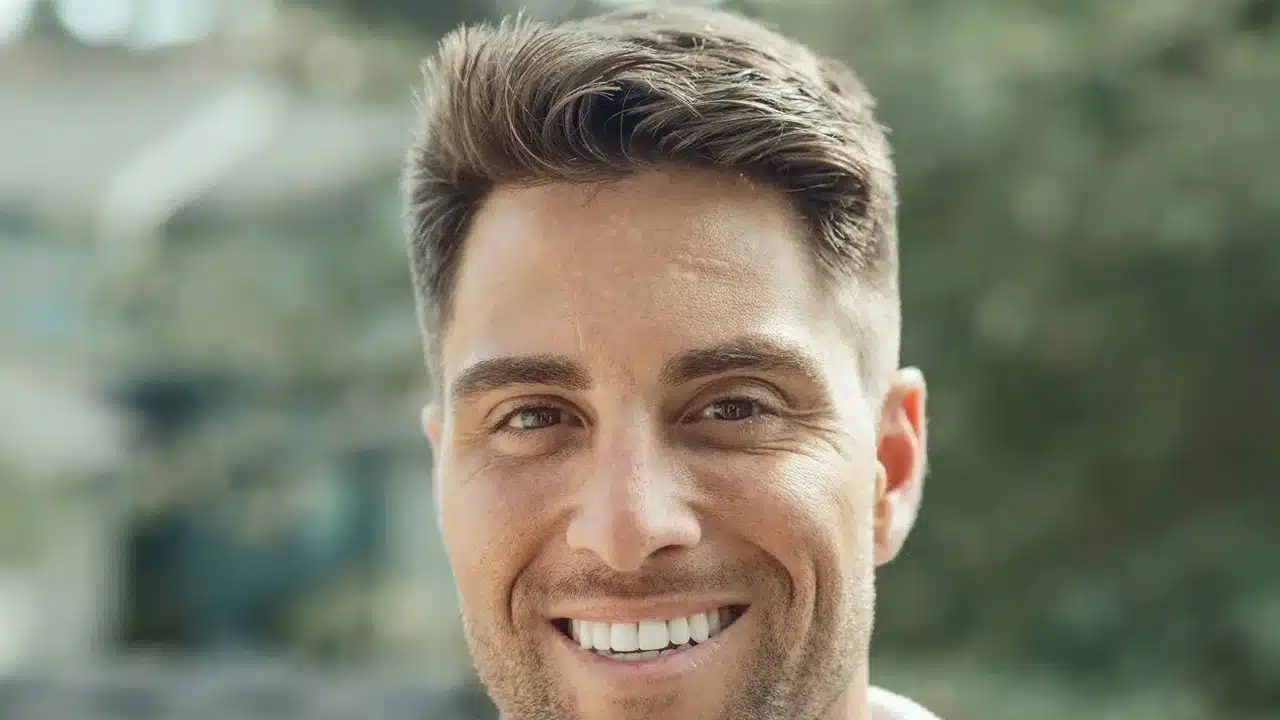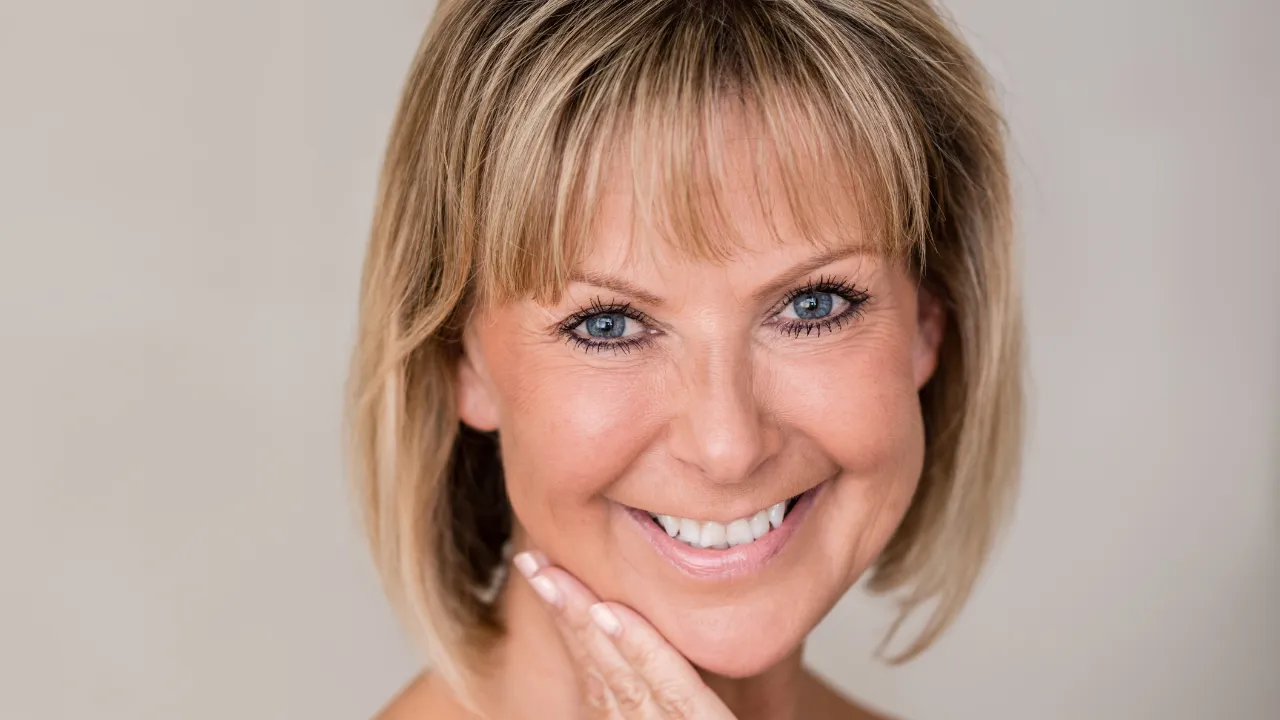The best places to get Botox on the face include the forehead, glabellar area, and outer eye region, as these areas are the most visible for wrinkles. These zones respond well to muscle relaxation, which reduces signs of aging while preserving natural motion.
Many patients also treat bunny lines, upper lip lines, and early jawline tension for added balance. Learning where to get Botox injections helps identify the regions that give the clearest improvements. Dr. Kopelman at Kopelman Aesthetic Surgery guides patients toward safe, natural-looking results.
Table of Contents
ToggleKey Takeaways
- The forehead, glabellar lines, and crow’s feet are the most effective areas for Botox.
- Smaller regions like micro-lines or upper lip lines can support facial balance.
- Understanding where to use Botox on the face helps guide safe treatment choices.
- Ideal results appear within two weeks and last around three to four months.
Where to Get Botox to Look Younger
Botox works by relaxing the muscles that create wrinkles during facial expressions. This softens early signs of aging and creates a smoother surface.
Many patients begin with high-movement areas that show rapid improvement, and some add targeted treatments like Botox for under-eye bags. These choices depend on personal goals and how each muscle responds to Botox treatment.
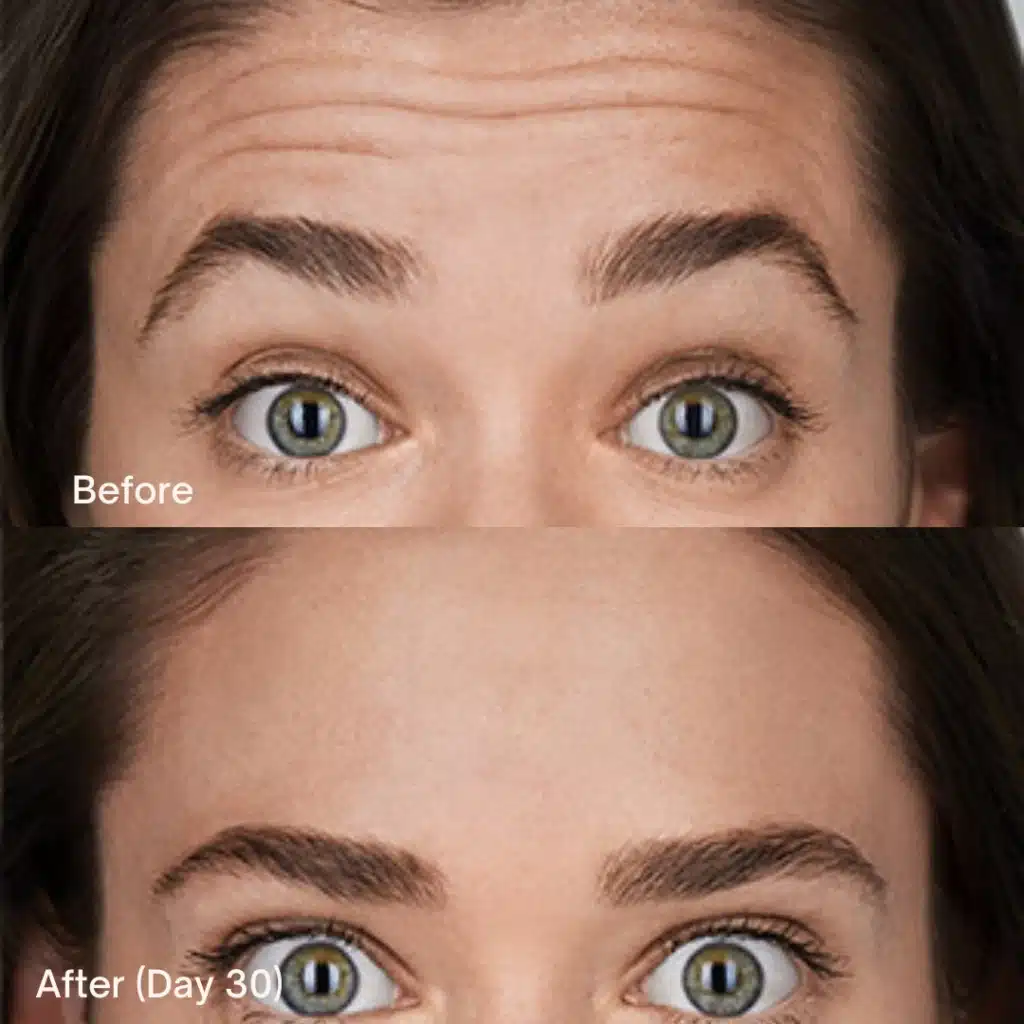
Most Effective Areas for Botox
The forehead, glabellar area, and crow’s feet improve quickly because they move often throughout the day. These regions respond well to muscle relaxation and fit most facial structures. They remain popular for predictable and natural-looking changes. Many patients also address concerns such as excessive sweating in specific areas.
3 Areas of Botox Before and After
Before-and-after images often highlight the forehead, glabellar lines, and crow’s feet. These areas show great changes because the muscles create deep folds over time. Patients use these visuals to understand expected results. Additional comparisons, like Botox for under-eye wrinkles, can help guide expectations.
Where People Get Botox Most Often
Patients often choose these areas first because they show fast and clear improvements. These regions require low downtime and match most facial shapes.
Many people start with forehead or crow’s feet corrections. Skilled placement supports natural expression.
Getting Botox for the First Time
First-time patients benefit from clear guidance and a simple plan. Providers review medical conditions and explain expected results. Dr. Kopelman helps new patients understand the best options for their goals. This helps create a predictable first session.
Additional Micro Areas Commonly Treated With Botox
Some patients target smaller regions such as nasal bridge lines, upper lip lines, or a slight mouth corner pull. These areas use small doses for subtle adjustments. They help improve balance when combined with core treatment zones. Correct placement protects natural movement.
Common micro-areas include:
- Bunny line variations
- Nasal bridge lines
- Droopy brow points
- Subtle jaw slimming points
These areas are optional but can support symmetry. Providers help decide whether these zones enhance overall results. Many patients pair them with treatments for wrinkles or excessive sweating.
Botox Injection Sites and Safety
A facial map helps explain how muscles connect across the forehead, eyes, and mouth. Knowing these points supports a natural-looking treatment. Providers adjust plans based on muscle strength and structure. Safety and balance guide the entire process.
Face Diagram of Injection Sites
Different areas create wrinkles based on movement patterns. Seeing how each muscle works helps patients understand placement choices. This also explains why treatment plans vary. Each person’s structure determines the ideal injection pattern.
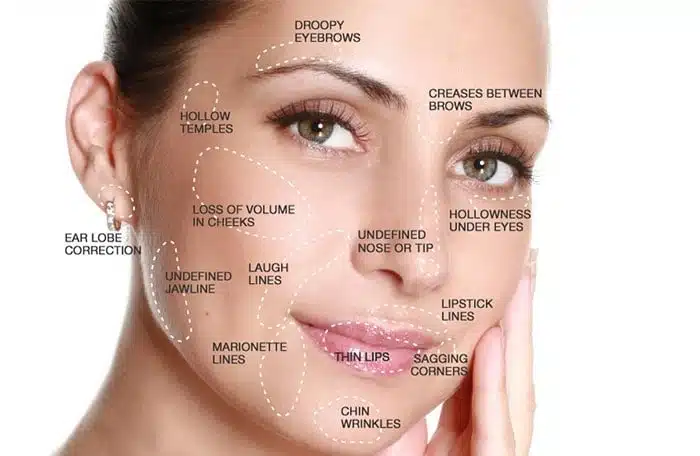
Botox Injection Sites and Units
Units vary based on muscle strength. Larger muscles need more dosing, and smaller regions require less. Providers adjust unit amounts to match goals and preserve motion. This ensures balanced results.
Botox Around the Mouth Before and After
Before-and-after photos show subtle improvements in the upper lip and the lower facial muscles. These areas require precise technique to protect speech and eating. Small adjustments can improve symmetry and reduce tension. Proper placement maintains stability.
Who Is a Good Candidate for Botox
Candidates often have dynamic wrinkles that deepen with facial movement. These lines respond well to muscle relaxation. Providers review medical conditions to confirm safety. Most patients benefit from small, targeted adjustments.
Some people may need extra evaluation if they have nerve or muscle concerns. Providers study movement patterns and goals before creating a plan.
This ensures results look natural. Many patients seeking smoother lines or relief from excessive sweating qualify.
Botox by Facial Area
Forehead and Frown Lines
These lines appear early due to frequent movement. Relaxing the muscles helps soften glabellar lines and improve balance. Many patients appreciate the refreshed look. Results usually develop within days.
Repeated movement deepens folds, so Botox helps the skin crease less. This smooths the region without reducing natural motion. Many combine these treatments with other facial areas. Plans adjust to muscle strength.
Crow’s Feet and Under Eye Lines
Crow’s feet soften when the outer eye muscles relax. This keeps natural expression while reducing fine lines. Some patients consider Botox for drooping eyelids to provide added support. The area responds quickly to treatment.
These lines form because the muscle contracts during smiling and squinting. Botox reduces this movement to smooth the skin. Some patients complement treatment with Botox to make their eyes look bigger. This improves brightness around the eyes.
Chin, Jawline, and Neck Bands
The chin and jawline can show dimpling or tension from deeper muscle activity. Treating these muscles smooths the skin and reduces strain. Some also treat the masseter muscle to help with grinding or jawline slimming. Plans vary by structure.
These muscles contract often throughout the day. Relaxing them reduces uneven motion and improves symmetry. Many combine these areas with upper face treatments. This helps improve overall balance.
Choosing the Best Place to Get Botox Near Me
Where Should I Get Botox Injections
Choosing the right provider is essential for safety and strong results. Skilled professionals understand how botulinum toxin behaves in each muscle. This reduces the risk of unwanted changes. Training and experience guide proper placement.
How to Pick a Qualified Provider
Look for expertise in facial anatomy and cosmetic injections. Ask about their approach and examples of past work. Facial-focused clinics offer an added level of precision. Dr. Kopelman uses this method for consistent outcomes.
Why Botox Must Be Done Under Medical Supervision
Medical supervision ensures proper dosing and safe injection patterns. Providers check medical history and adjust plans as needed. This protects treatment quality. It also supports future planning.
Key Safety Points for Patients
Most reactions are mild and fade quickly. Understanding simple steps helps prepare for treatment. Providers explain how facial muscles move and how Botox affects them. This supports a smooth experience.
Simple safety reminders include:
- Review your medical history
- Report unusual symptoms
- Avoid rubbing treated areas
- Contact your provider if swelling lasts too long
These steps help maintain strong results. They also support communication with your provider. Clear questions improve safety. This builds confidence in treatment.
Botox Costs and Pricing
What Is the Cost Price of Botox
Cost reflects the product and provider expertise. Precision techniques may cost more but support reliable outcomes. Clear pricing helps patients plan ahead. Transparency builds trust.
Cost Factors and Maintenance Plans
Maintenance depends on muscle activity and desired results. Many patients return every few months. Others maintain results longer. Providers recommend timelines based on movement patterns.
What to Expect Before, During, and After Treatment
Preparing for Your Appointment
Preparation includes a health review and discussion of past reactions. Providers may ask you to avoid certain supplements. These steps help reduce minor skin reactions. Good preparation supports comfort.
How the Injection Session Works
Small injections are placed into selected muscles. Most patients feel only a light pinch. Sessions are brief and require no downtime. Providers check the balance before completion.
Aftercare and Results Timeline
Improvements appear within days, and full results develop within two weeks. Mild redness or swelling fades quickly. Providers offer simple care instructions. These steps support comfort and outcomes.
How Long Do Botox Results Last
Results appear within days and continue building over two weeks. Most patients see results lasting 3 to 4 months. Stronger muscles may return sooner. Providers adjust future plans based on progress.
Regular visits help maintain consistency. Many patients schedule treatment several times per year. This supports smoother long-term results. Clear planning improves stability.
Risks, Side Effects, and Alternatives
Common Reactions and When to Seek Care
Side effects are usually mild and include small bumps or swelling. These changes fade quickly. Patients should contact their provider if they see unusual reactions. This protects safety and comfort.
Safe Alternatives to Botox
Alternatives include fillers, chemical peels, and skin care programs. These options target signs of aging in different ways. Providers help match choices to your needs. This supports confident decision-making.
Begin Your Treatment Plan
If you want expert guidance on facial Botox and natural-looking results, consider scheduling a consultation with Dr. Kopelman.
A consultation helps you review your options and choose a plan that matches your goals. Contact Kopelman Aesthetic Surgery to begin treatment with a trusted specialist.

